Best Source for B2B Industry Trends, News and Updates
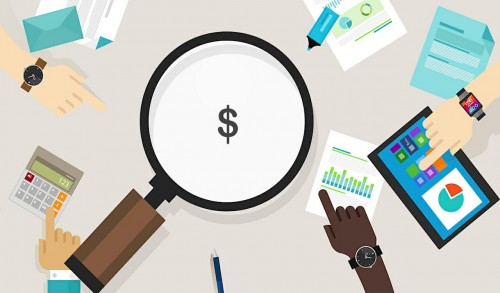
Are you planning to launch a new product line or reconsider the rates of an original one? I am pretty sure that every business person is going to agree that coming up with an effective pricing strategy is a challenging task. What if you end up overpricing or underpricing your products? The former will cause buyers to run away from your competitors, while the latter might lead to substantial losses. Your company may even lose any hope of becoming a well-established entity, locally or internationally, before even starting if you do not set the right prices.
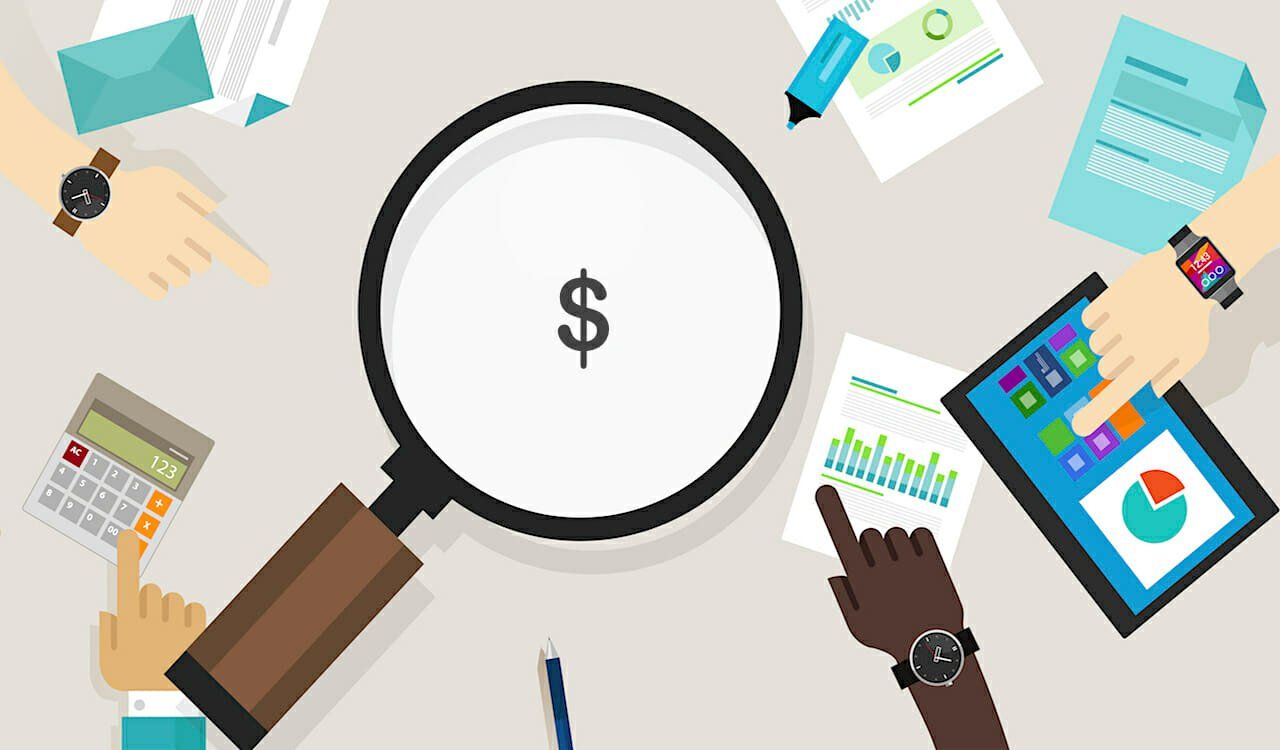
It is safe to say that assigning adequate rates to items prior to offering them to customers is not something you do overnight. It takes a lot of planning, research work, and analysis to be sure that the prices you set are going to be accepted within the markets. Taking the following factors into account proves helpful in arriving at a valuable conclusion in such matters;
Don't be mistaken, as these points don't even depict half of the work you have to do before setting the prices. Once you consider all the numerical calculations, other elements come into play. There are humans on the receiving end of your plans. Therefore, you must assess their reaction ahead of finalizing anything. This relates to the psychological impact on your target audience because if you get that wrong, things can go sideways very fast.
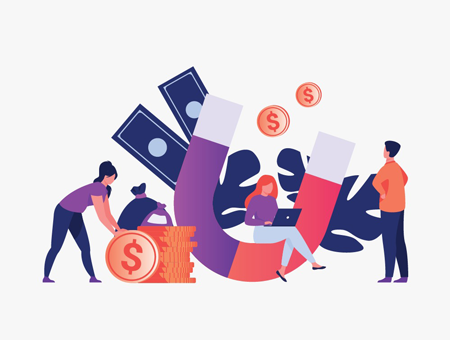
Let's start by learning some information that every entrepreneur, CEO, and key decision-maker must know;
One of the simplest ones to understand; involves adding a fixed percentage to the costs incurred in producing or acquiring the products. The amount calculated is the price of the item you charge. The following formula is how you can do it:
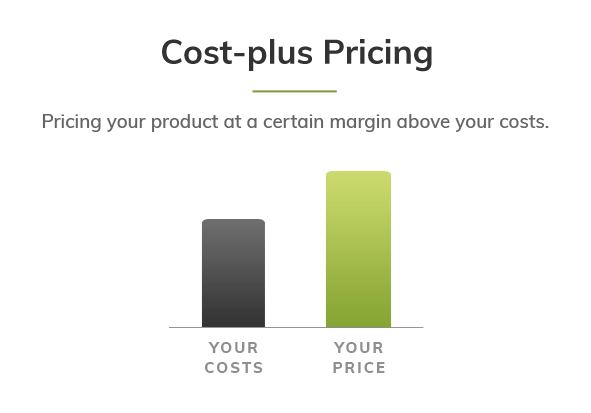
Here, cost includes labor expenses, raw materials, carriage inwards, etc. Markup refers to the percentage added to the cost of goods to pay for the expenses and make a profit. Some of the major benefits of adopting this strategy are it's easier to do and ensures a constant stream of profits earned through sales, provided that the costs do not fluctuate often. Many businesses avoid resorting to cost-plus pricing because it ignores other elements, like market conditions. Markup is decided according to the sort of product you sell, how fast your stock clears, and expected future profits.
This is a strategy in which a business charges the highest price for a product that it believes the buyers will pay. This is done to maximize the returns while the demand is still high. Here, a company begins to reduce rates with time when more competitors start coming in, and the demand for the product(s) seems to decline. Price skimming is often applied to a newly developed product that is unique in all aspects.
You can apply price skimming if there are sufficient buyers within the market to purchase your products. High prices are often associated with premium quality goods, so make sure your product is seen as one. You can keep using this technique by offering exclusive products to buyers which they would not find anywhere else. Anyone who uses price skimming is likely to enjoy incredible short-term gains, which could continue in the future, provided that your product stays unique and valuable to the buyers.
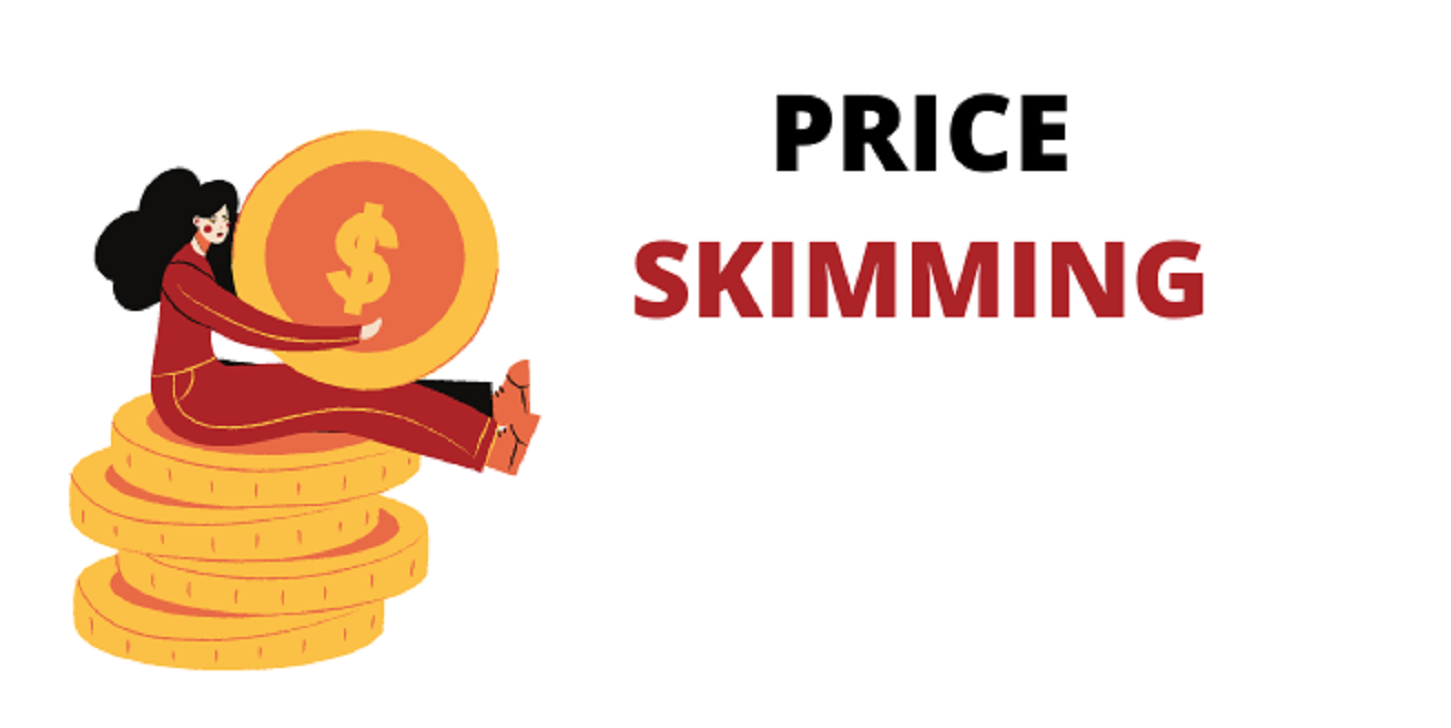
The benefits you reap through this strategy don't come without any drawbacks. An industry with high-priced products attracts others to sell the same thing, i.e., increased competition. Imagine someone enters the market and offers a similar product at cheaper rates. You cannot simply reduce the prices to beat the competition as it would alarm your existing clientele.
This is commonly used within industries where products are similar, so companies compete on prices. It requires you to do research to learn about your competitors' rates and then offer products at lesser prices. This proves effective if you are able to keep your costs of purchasing or producing products low. Otherwise, you may end up incurring substantial losses trying to compete by pricing your products less than that of the competitors'. Another important factor here is that you will have to sell higher volumes of products to make up for the small profit margins resulting from low prices. Your product matters to a great extent here, as a lot of buyers refrain from getting cheaply priced goods.
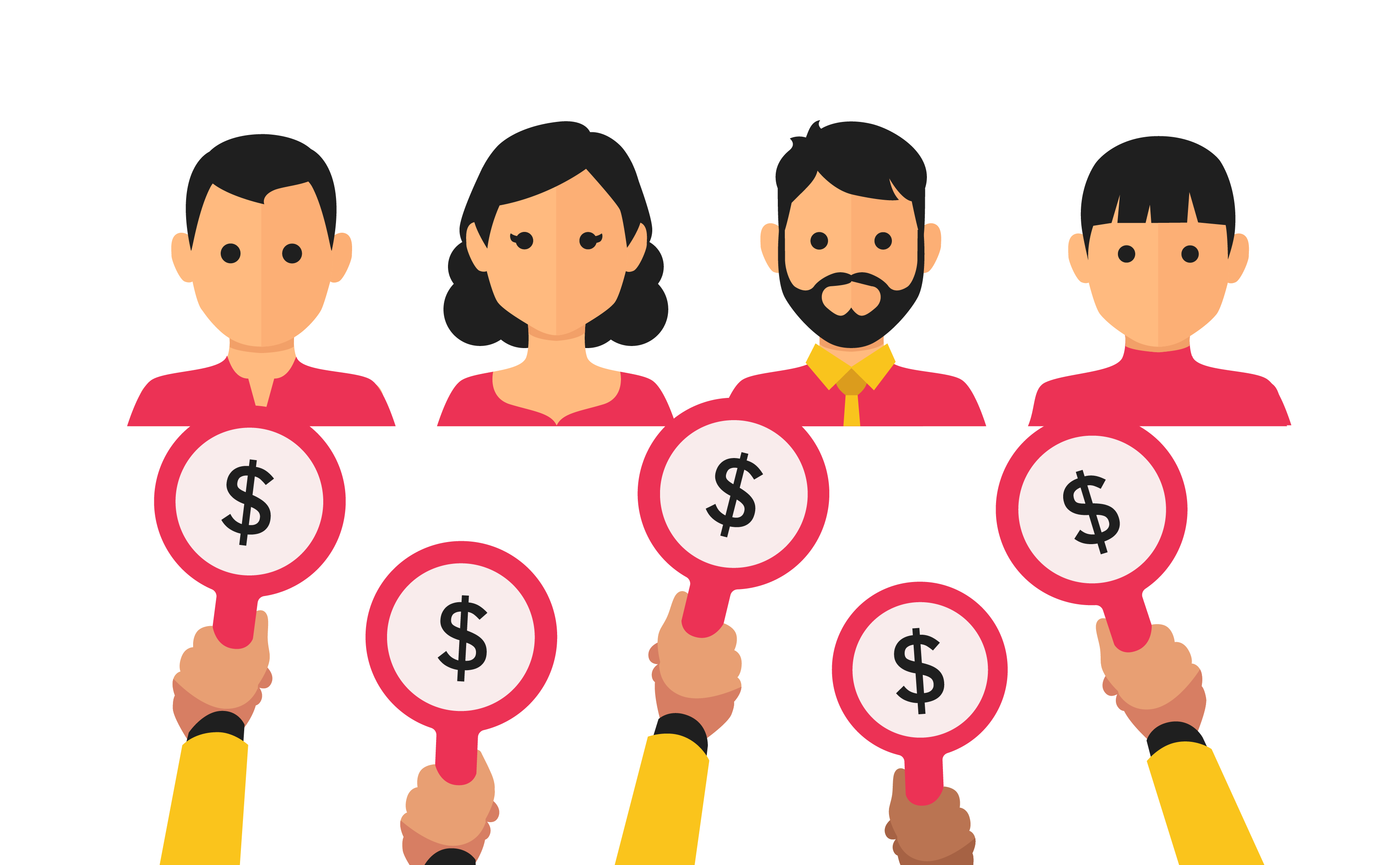
This one involves offering discounted prices to attract the maximum number of buyers. Sellers also use it to capture procurers with tight budgets and to empty their unsold inventories quickly. While this strategy turns out to be useful in attaining the goals set in the beginning, there are a few disadvantages. Excessively using discount pricing will create an adverse perception regarding your product's quality in the buyers' minds. Customers may even refrain from purchasing your products at regular rates if you keep offering discounts just to make more additions to the clientele. New brands can use penetration pricing to capture a significant market share initially. Profit margins may be less, but it would help create awareness among your target audience about a newly launched brand.
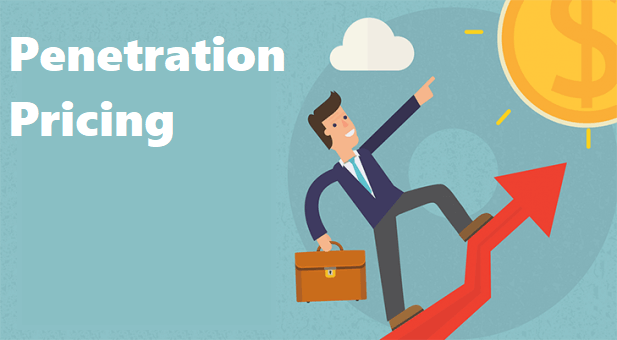
This is a pricing strategy sellers around the world use to enjoy a sufficient amount of profit on each sale. They determine the selling price by doubling the cost of the product incurred in obtaining or producing it. The following formula is used;
A major benefit that is also quite apparent is that you get to enjoy increased profits. It all depends on the type of product you are selling and its availability within the markets. Keystone pricing is favorable in situations where a product is not commonly sold and costs a lot to obtain or manufacture. This is where the unique selling points of your product and brand come into play. Keystone pricing proves successful only if people cannot find the products you sell anywhere else.
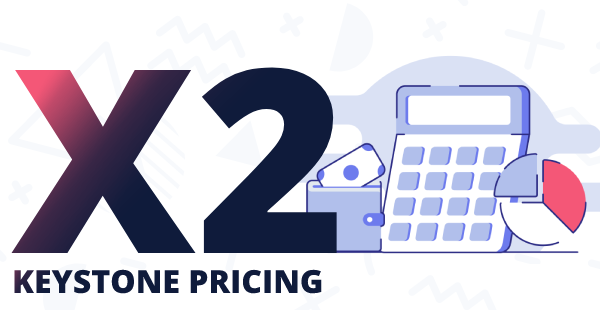
There are a few others you need to know of, including the manufacturer suggested retail price. Doesn't this sound like a self-explanatory one? You get to save yourself from the hassle of researching information, analyzing the findings, and making the final decision. Then there's dynamic pricing in which the rates vary according to factors like demand, market condition, supply, etc. This is often used by businesses operating within the service industry. Prices are updated automatically depending upon the variables.
Multiple or bundle pricing is also used to sell a couple of products for the price of one. Apparel stores commonly use this strategy to provide more value to the buyers for less cost. Although, profits might be a bit low if you don't manage to sell high volumes of bundles of product. Other pricing methods that you can consider implementing include;
Availability of a multitude of pricing strategies can often leave an entrepreneur or a decision-maker confused. What can be done when you find yourself stuck? There are a few things you need to take into account while deciding which method to implement.
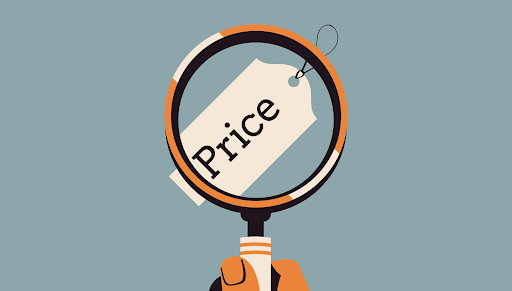
How does a business come up with a pricing strategy that results in noteworthy additions to its clientele, along with incredible improvements in annual revenues and profits? Let's answer the million-dollar question;
This requires you to do thorough research to study the market and figure who is likely to purchase your product(s). When it comes to pricing, you need to find out everything about your target audience's spending patterns as well as their disposable income. Are your prospects willing to pay high prices, or are they more cost-conscious? Such questions need to be answered after shortlisting the potential buyers of your products.
A good pricing strategy is designed after you have considered all the costs incurred in manufacturing or acquiring the product. The costs include all the money you spent, including the expenses incurred at the beginning and financial investments made to offer the product to the buyers finally. Raw materials, shipping, marketing expenses, packaging, research, etc., are a few types of costs a business incurs while producing or acquiring a product from a producer. It is vital to take all kinds of direct and indirect costs in mind to run a profitable venture.
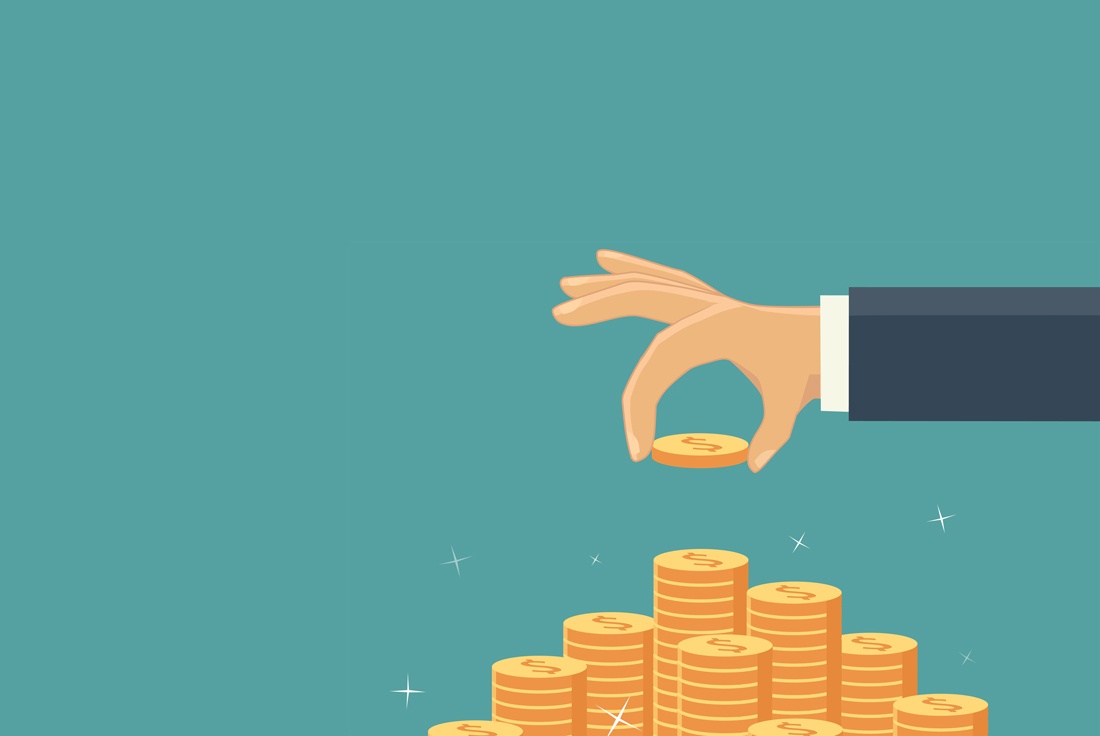
Where do you want to take your brand? A person who wants to run a venture of luxurious products has to price their products accordingly. Again, this depends on the type of item you are selling. If you identify your primary objective, pricing decisions become seamless. This also has a relation with your target audience. The best rates are those that prove favorable for both the business and its clients.
What do you know about eCommerce? There are online trading platforms that automate your entire business operations and add efficiency to them. For instance, B2B eCommerce marketplaces present you with an opportunity to sell goods in bulk quantities to overseas buyers without worrying about any restrictions on borders, time zones, languages, etc. Imagine selling products on a wholesale basis within the international markets. You are likely to get an edge over your competitors as your business will be able to build a highly diverse clientele by catering to a larger proportion of the target audience living in various parts of the world.
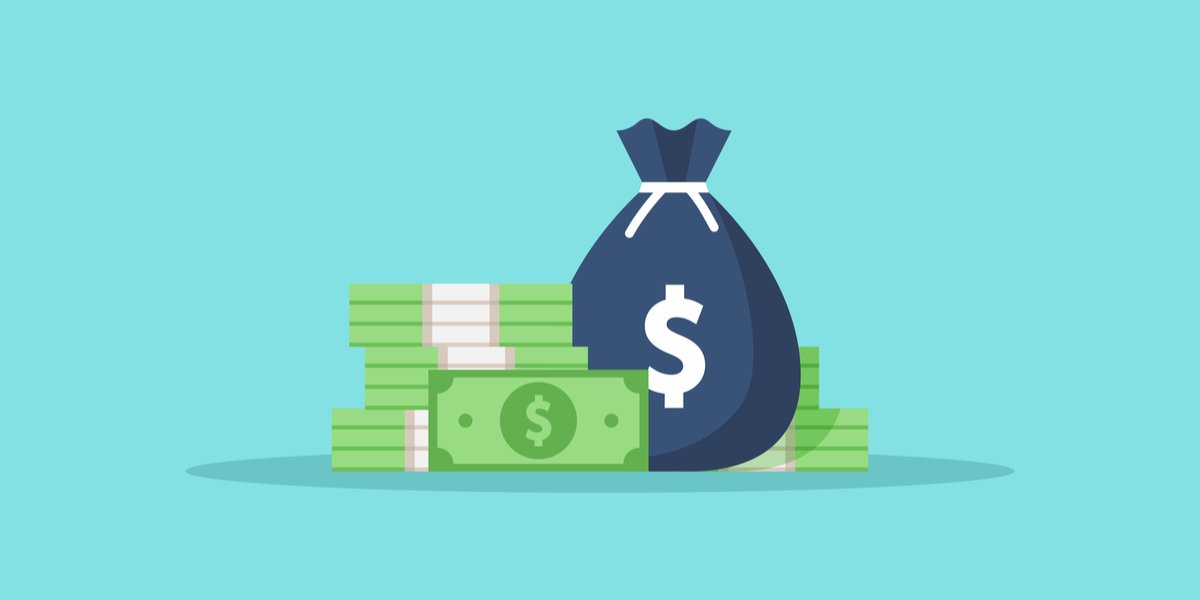
The entire dealings between you, B2B representatives, and buyers take place over the web. B2B platforms have exclusive online websites as well as smartphone applications that you can access from anywhere. Needless to say, digitalization proves cost-effective and resourceful to a great extent. You can set the prices while uploading the products on the selected B2B platform during the registration process. You can also make changes in the future or ask B2B personnel to do it. Here's a list of the leading foreign trade B2B platforms you can choose from;
It is time to recognize the growth and development prospects of adopting a modernized method of trading. You can continue selling your goods locally while working with a B2B platform to satisfy the unique demands of international buyers. Did you know that B2B firm also provides guidance that could prove crucial to setting the prices of your products? They have entire teams to conduct research activities for the seller's businesses enlisted at their website/app.
From introducing your product in the markets abroad to making sure you enjoy maximized returns with reduced uncertainties, a B2B eCommerce marketplace does a lot. Why should you keep selling to local customers when a whole new set of buyers is waiting to purchase your high-quality products? What's even more important to know here is that B2B eCommerce caters to every industry without any exceptions.